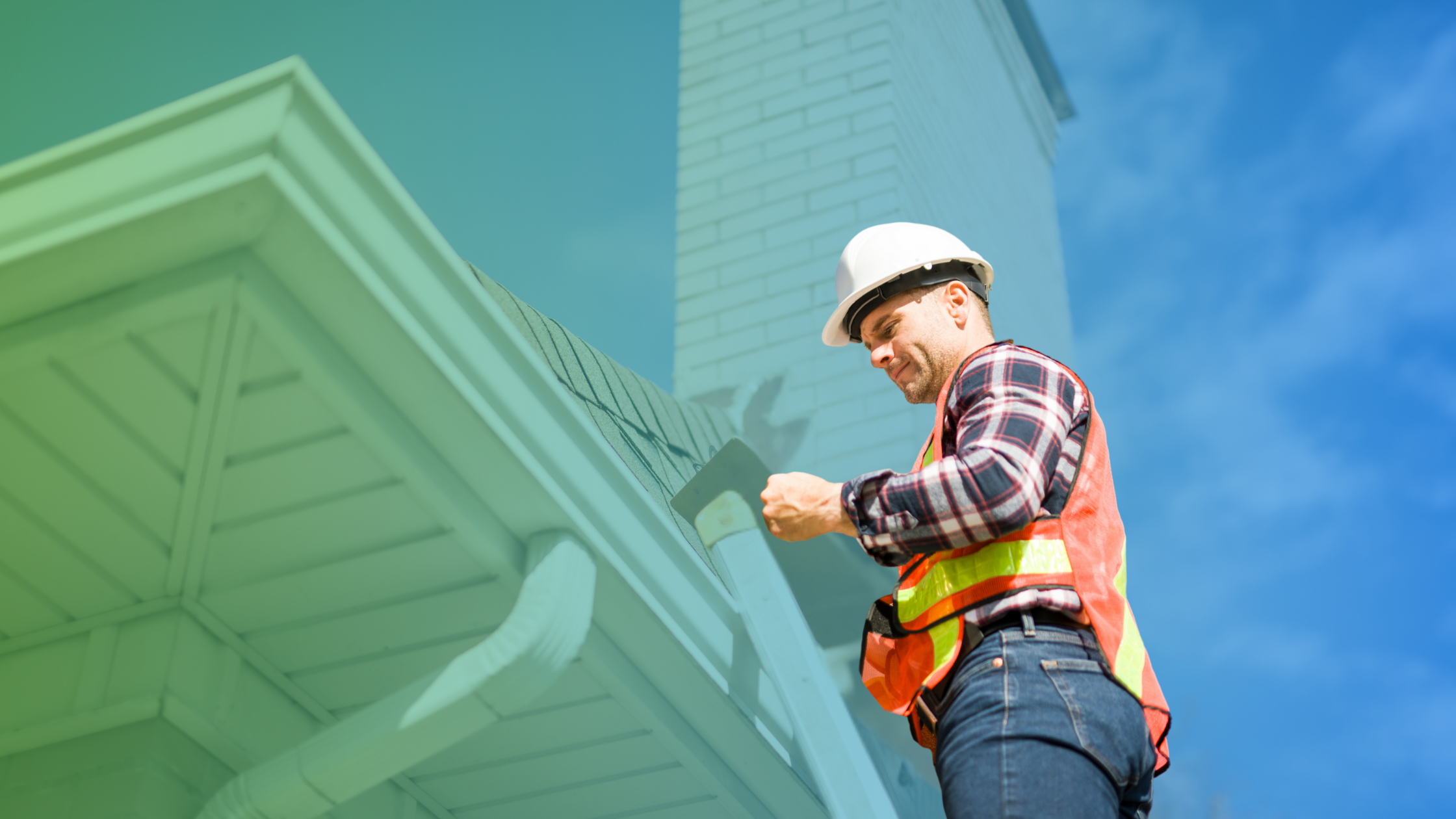No matter the job or industry, there is always a way to improve efficiency and safety. This is particularly true for home inspectors, who must carefully examine properties before they are sold. While home inspections have been performed for a long time and the process has been refined over the years, new tools and methods continue to emerge to help inspectors do their jobs more effectively. At the same time, home inspectors must be vigilant about potential hazards they might encounter.
With that in mind, here are some of the best ways home inspection professionals can enhance their performance while keeping themselves safe on the job.
Leverage Technology
Technology plays a huge role in improving business processes, and home inspections are no exception. Home inspection software can streamline the entire process, from scheduling to reporting, improving efficiency and communication with clients. The key is finding the right software that meets your company's specific needs. A modern home inspection checklist app can also help inspectors stay organized and ensure they don’t overlook any crucial details.
Establish a Standardized Routine
Standardizing processes leads to greater efficiency. For home inspectors, following a set routine for every inspection helps ensure consistency and thoroughness. By training inspectors to adhere to a systematic method, businesses can reduce errors and improve overall quality. Since there are numerous small tasks to complete during an inspection, having a structured approach minimizes the risk of forgetting something important.
Utilize Checklists
Checklists are invaluable tools for home inspectors. Providing a detailed checklist ensures that every aspect of the inspection is covered, reducing the chances of missing critical details. These checklists should be regularly updated to reflect best practices and evolving industry standards.

Prioritize Communication
Communication is crucial in the home inspection industry. From scheduling to report delivery, inspectors need to keep all relevant parties informed, including clients, agents, and lenders. Sending timely confirmation emails, reminders, and updates ensures a smooth process and enhances the company’s reputation.
Recognize and Mitigate Common Safety Hazards
Beyond efficiency, safety is a top priority for home inspectors. Being aware of potential hazards can help inspectors protect themselves while performing their duties. Here are some of the most common safety risks encountered during home inspections:
-
Electrical Problems: Inspectors should exercise caution when dealing with electrical systems, especially in homes that have been vacant for long periods.
-
Mold: Exposure to mold can pose health risks, including allergies and respiratory issues. Inspectors should be mindful of signs of mold growth and consider wearing protective masks.
-
Toxins: Homes may contain asbestos, lead paint, radon, or carbon monoxide. Protective equipment, such as masks and gloves, can help mitigate exposure risks.
-
Poor Ventilation: Poorly ventilated homes can harbor allergens and pollutants. Wearing a mask can offer an extra layer of protection.
-
Unsafe Ground: Inspectors should be cautious when walking on potentially unstable surfaces, such as eroded driveways, loose decks, or weak flooring.
-
Pest Infestations: Homes—especially vacant ones—may be inhabited by rodents, termites, or even wild animals. Inspectors should stay alert and look for signs of infestations.
Keep Worker Safety a Priority
To maintain a safe work environment, home inspection companies should implement safety management software that helps monitor and address safety concerns proactively. With tools like EHS Insight’s safety management system, companies can track potential hazards, train employees on best safety practices, and ensure compliance with industry regulations.
Conclusion
By leveraging technology, standardizing processes, enhancing communication, and prioritizing safety, home inspectors can improve both efficiency and workplace safety. Investing in the right tools and protocols not only enhances the quality of inspections but also ensures the well-being of inspectors on the job. As the industry evolves, staying ahead of these best practices will help home inspection businesses thrive while maintaining high safety standards.

